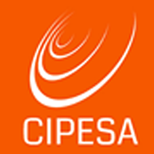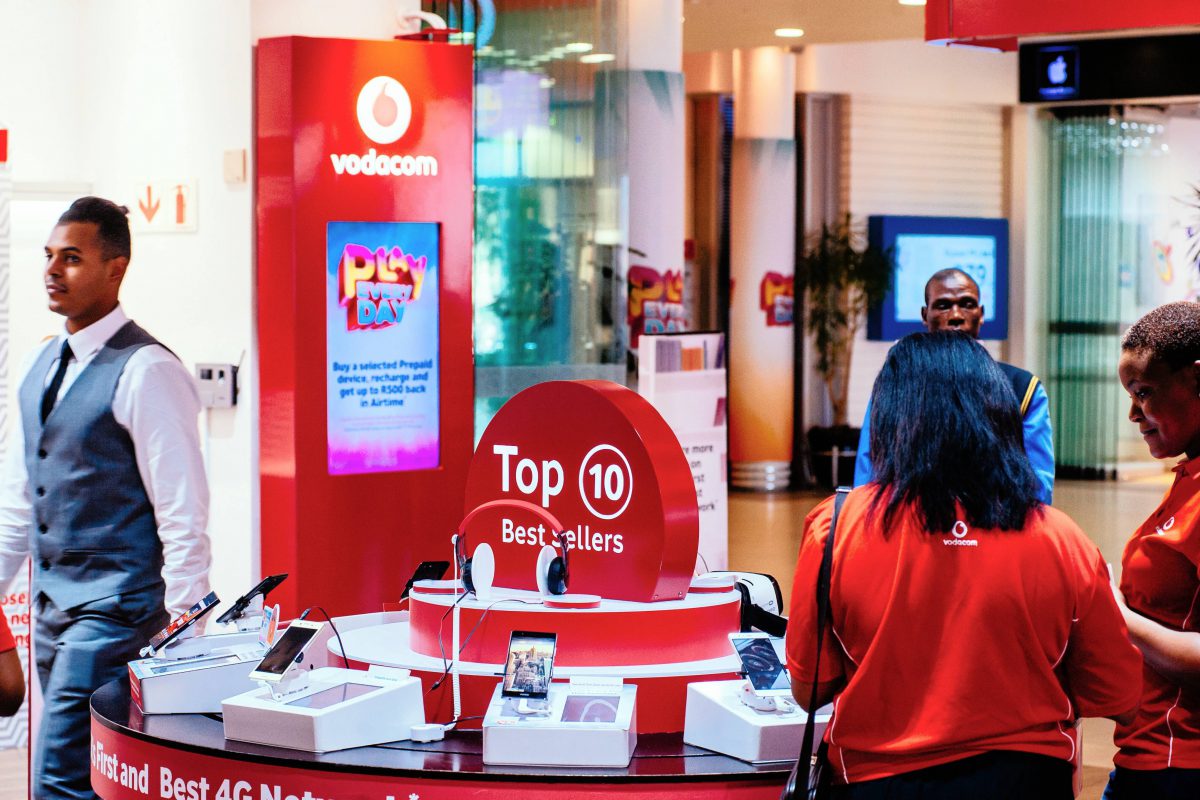By Mohamed Farahat |
The coronavirus (Covid-19) pandemic has dramatically transformed our daily lives, making the virtual world the new reality for many people. However, for many others, including refugees, it has further served to deepen their digital exclusion.
Since the first case of Covid-19 was confirmed in Egypt in February 2020, the number of confirmed cases, including deaths, has been increasing. By April 08, 2021, there have been 207,293 confirmed cases of COVID-19 with 12,290 deaths, reported to the World Health Organization (WHO). In order to mitigate the spread of the coronavirus, the Egyptian government took several preventive measures, including ordering a partial lockdown, suspending all public events, imposition of restrictions on movements, and closing of schools and universities.
The pandemic has demonstrated that ensuring access to the internet has never been more vital than it is today. Governments have increasingly been challenged to meet their obligation to bridge the digital divide for vulnerable groups, especially those that lack internet access.
Refugees are often amongst the most vulnerable groups in the host countries and the pandemic has served to further exacerbate their vulnerability. Egypt hosts hundreds of thousands of refugees and asylum-seekers from 57 countries. As of December 31, 2020, the country had registered at least 259,292 refugees and asylum-seekers. The pandemic rendered many refugees jobless, with no income to cover internet costs and thereby keeping them out of connectivity. As a result, there is an increased need for the state to address gaps in digital access, affordability and ultimately access to information during this time of crisis.
Refugees and Access to ICT
According to the Office of the United Nations High Commissioner for Refugees (UNHCR), refugees are 50% less likely to own internet-enabled phones than the rest of the population. The situation is more dire in rural areas, where 20% of refugees do not have a permanent means of communication. In urban areas, where the internet is available, many refugees cannot afford to access the internet due to the lack of income and thus, like other vulnerable sections of society, refugees continue to lag behind in a quickly digitalising world.
Recognising the internet connectivity challenges faced by refugees, the UNHCR launched a global initiative – Connectivity for Refugees – with the purpose of ensuring that all refugees, and the communities that host them, have access to available, affordable and usable mobile and internet connectivity in order to leverage these technologies for protection, communications, education, health, self-reliance, and community empowerment.
Vitality of Internet Access
According to the UNHCR-Egypt country office, the majority of refugees and asylum-seekers in Egypt were already highly vulnerable prior to the outbreak of Covid-19 and have been directly impacted by the evolving circumstances. Many have lost their sources of income and cannot afford to buy sufficient basic supplies or pay their rent.
While access to the internet has been essential for refugees to work, learn, access information, and express their opinions, its usage has decreased dramatically due to the Covid-19 pandemic. Restrictions have been imposed on several daily spheres such as freedom of movement, work and education.
The Covid-19 pandemic forced most organisations and refugee service providers, including the UNHCR Egypt office, to close offices in preference for remote working. Further, the UNHCR came to rely on online communications such as via zoom including in conducting interviews with refugees. During this period, the handling of refugees’ applications and the conduct of awareness raising sessions were held through online video and audio-conferencing platforms. In spite of this adaptation, most of this work was stalled by connectivity and accessibility challenges faced by the refugees.
The Right to Education
With the pandemic effects of quarantines and lock downs, virtual life became inevitable for common activities including education. Many education institutions have embraced distance learning which is majorly reliant on internet access and connectivity. The UNHCR –Egypt Fact sheet for July 2020 notes that more than half of all refugees and asylum-seekers registered with UNHCR are children and youths of school age.
However, the digital approach raises questions as to whether refugee students can afford and are accessing the education delivered via digital platforms. As the UNHCR has noted, most of the refugee and host communities have limited access to hardware devices, and connectivity is thus prohibitively expensive. Additionally, lack of access also limits acquisition/development of the digital literacy and skills required by teachers, students, and their communities to make the most of the available learning resources.
The United Nations Children’s Fund (UNICEF) has proposed some solutions, including the use and prioritisation of digital and broadcast remote learning policies to universally address the needs of all households and to accommodate situations where children do not have the necessary technological assets at home, through deliberate policies that facilitate infrastructure development in technology for displaced persons and children in remote and rural areas and those displaced by emergencies.
Conclusion and Recommendations
The high costs of computers and smartphones and of accessing the internet have left most refugees without connectivity. Similarly, enabling tools like SIM cards are usually hard to access for refugees without official documents.
Refugees have a right to access the internet and to enjoy all digital rights and freedoms. Accordingly, there should be the necessary infrastructure to enable access to services and information. However, the impediments that came because of Covid-19 have fundamentally affected online activities including learning for refugees.
The Egyptian government is therefore urged to take all measures that aim to ensure accessible and affordable internet to all individuals including refugees whose health and education continue to be greatly threatened by the Covid-19 pandemic.
Specifically, the government and responsible agencies such as the UNHCR should double their efforts to ensure that refugee communities have access to SIM cards to facilitate easy internet access by easing on the stringent requirements to register for SIM cards. In this regard, the government should allow refugees to use their UNHCR-issued identity cards to register for telephone and internet services.
Additionally, it is critical that measures are taken to ensure that refugee students do not miss out on education by providing the necessary digital technologies to enable them attend school and sit for their examinations.
Mohamed Farahat is a 2020 CIPESA Fellow. He is an Egyptian human rights lawyer, specialising in refugees and migration. As part of the fellowship, he is documenting inclusion of refugees in the technology-based responses to the Covid-19 pandemic in Egypt; and the role of the judiciary in the internet freedom landscape in North Africa.


